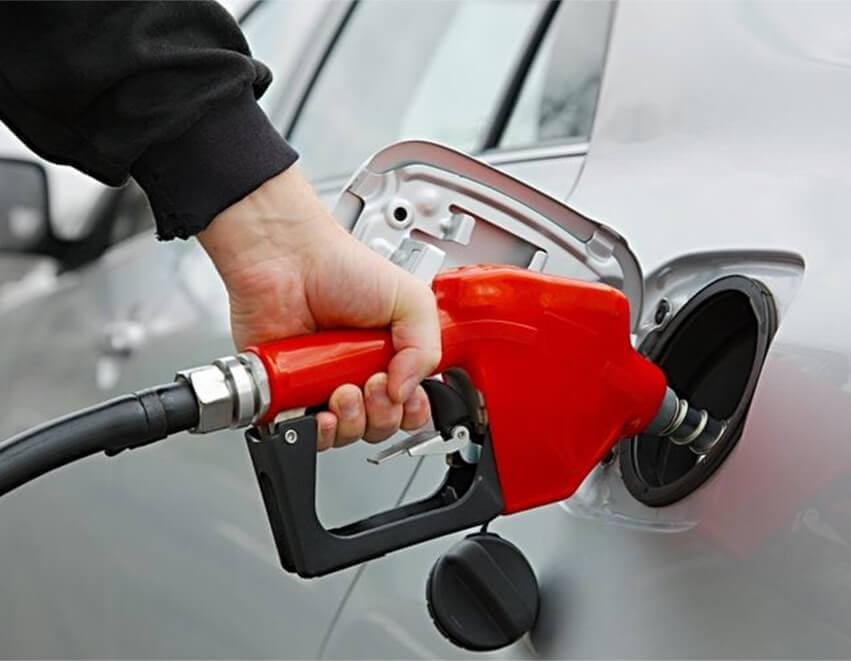Transfer hand pumps offer a portable and affordable solution for moving fluids without electricity. They remain effective for various applications, including fuel, oil, and groundwater transfer. Before electric fuel transfer pumps became widespread for fluid transfer, manual hand pumps did the heavy lifting of moving fuel and liquids from point A to point B. Let’s revisit these […]

Transfer hand pumps offer a portable and affordable solution for moving fluids without electricity. They remain effective for various applications, including fuel, oil, and groundwater transfer.
Before electric fuel transfer pumps became widespread for fluid transfer, manual hand pumps did the heavy lifting of moving fuel and liquids from point A to point B. Let’s revisit these uncomplicated pumps that still deliver portable, affordable liquid transfer capability today.
Transfer pumps utilize simple mechanical displacement principles to siphon and move fluids. A hand lever actuates an internal piston mechanism within a sealed chamber inside the pump body.
The lever pulls the piston through an intake stroke that draws fluid in through the inlet port and inlet check valve. Pushing the lever then compresses the piston through a discharge stroke that closes the inlet and forces the fluid through the outlet check valve and out the discharge port.
This reciprocating action generates suction and compression to “pump” fluid from the supply source into the destination vessel. It continues cyclically as long as the operator repetitively works the hand lever.
Hand pump bodies utilize metallic materials like aluminum, iron, or stainless steel for durability, while internal moving components incorporate non-wearing materials where possible.
Seals and valves typically employ Buna or Viton rubber, while inlet strainers feature polymeric meshes. Pistons may utilize carbon graphite packing to prevent fluid bypass. Lever arms connect via lubricated pivots.
These materials withstand most common fluids from diesel transfer pumps to antifreeze and water. Special coatings provide further chemical resistance if needed.
While operating conceptually similar, hand pumps employ different designs tailored towards various fluid properties and applications:
Additional options like spouts, hoses, and meters customize hand pumps for targeted tasks.
Despite the proliferation of electric fuel transfer pumps, humble hand pumps still offer unique advantages:
While the pumping rate is far lower than electrical counterparts, hand pumps remain an economical, lightweight transfer solution for fuels, lubricants, and various low-viscosity fluids. They provide backup capability if primary pumps fail and reliability when electricity is unavailable. Plus, the basic design leaves little to break.
For portable drum transfer or small-batch needs, hand pump simplicity and flexibility continue getting the job done. And manufacturers like Aocheng continue advancing hand pump technology for even greater durability, efficiency, and convenience. Whether for a diesel transfer pump or an oil transfer pump, these devices remain invaluable.
Resources:




